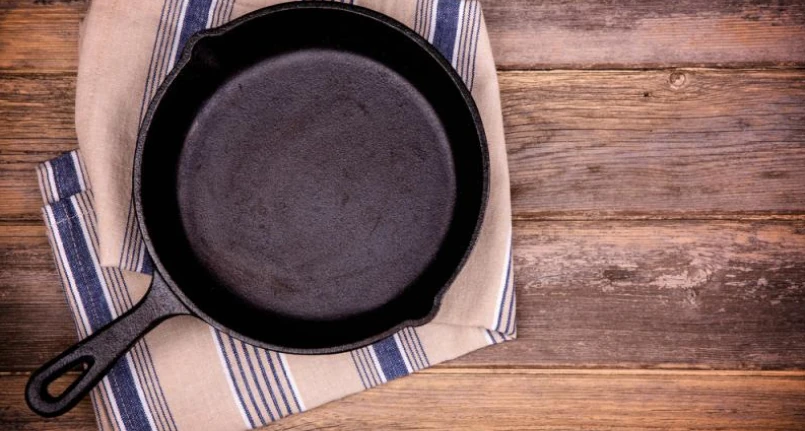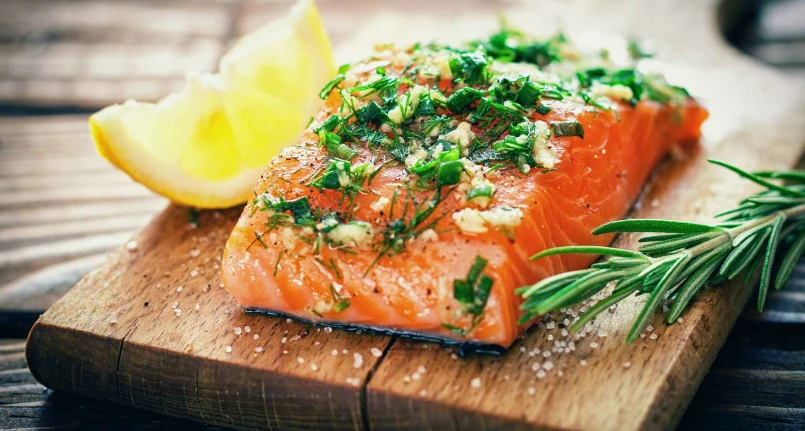What is Teflon?
Teflon, chemically defined as polytetrafluoroethylene (PTFE), is a synthetic polymer of tetrafluoroethylene entirely made up of carbon and fluorine ; characterized by a high molecular weight , it shows a completely solid consistency.
Teflon has marked hydrophobic capabilities, thanks to the high electronegativity of fluorine; moreover, it boasts one of the lowest friction coefficients currently known (reason for its use in the kitchen as a non-stick coating for pots, pans, dripping pans, utensils, etc.).
Being low reactive, in part due to the strength of the bonds between carbon and fluorine, it is often used for the production of containers and pipes for highly reactive and corrosive chemical liquids.
If used as a lubricant, Teflon reduces friction, therefore wear and energy consumption of the machines.
Last but not least, Teflon is also used as a graft material in surgical procedures.
Risks of Pyrolysis
Teflon is best known for its use as a non-stick coating on frying pans and other kitchen utensils, as it is hydrophobic and highly heat resistant.
However, by letting a Teflon-coated pan be subjected to a stove flame, the compound undergoes a degradation proportional to time and to the specific temperature.
In fact, the pyrolysis (thermochemical decomposition) of Teflon is detectable at 200°C (392°F) for the generation of various fluoro-carbon based gases and sublimates. Nonetheless, an older animal study (from 1955) concluded: “it is unlikely that, at temperatures below 250°C (482°F), these products can be generated in significant quantities and such as to be able to harm the health of the animal organism ”.
This means that while Teflon is stable and non-toxic at lower temperatures, it begins to deteriorate significantly when temperatures reach approximately 260°C (500°F) and likely decomposes strongly above 350°C (662°F). . These by-products of Teflon pyrolysis have been shown to be lethal to birds and cause flu-like symptoms in humans.
Meat is generally cooked between 204 and 232°C (399 and 450°F) and most fatsStart smoking before the temperature reaches 260°C (500°F). In any case, remember that there are at least two edible oils that boast a higher smoke point , namely refined safflower oil and avocado oil ( palm oil , among the most used in the world, has a smoke point of approx. of 245°C).
Risks of Ingestion of Teflon
The risk of ingestion of Teflon with food is different, but still probable .
This material can hide in foods if scraped off the surfaces containing it with metal utensils (spatulas, forks, spoons, ladles, etc.); in fact, to prevent this from happening it is advisable to use specially designed tools made of softer materials.
Although it is in any case sufficient to avoid rubbing the Teflon non-stick cooking utensils vigorously in order not to ingest fragments, it is however necessary to specify that the very small parts possibly taken with food do not undergo any digestion and/or absorption ; in other words, they pass through the digestive tractand are totally expelled with the faeces .
Perfluorooctanoic acid
Perfluorooctanoic acid ( PFOA) is a chemical element sometimes used in the production of Teflon; this would be used as a surfactant in the polymerization of certain Teflon emulsions (blends). Currently, many manufacturers have completely discontinued its use, as it tends to persist indefinitely in the environment and is toxic-carcinogenic to animals.
PFOA has been detected in the blood of over 98% of the general population in the United States, and its levels are found to be highest in chemical plant workers, as well as the surrounding population.
Exposure of Americans to perfluorooctanoic acid is primarily due to dumping of waste into the ocean and near the Ohio River Valley over the past fifty years. PFOA is detectable in industrial waste, stain
-resistant carpets , carpet cleaning fluids, anti-dust products, microwave popcorn bags , water and food itself, and some nonstick cookware which, obviously , contain Teflon enriched with perfluorooctanoic acid.
As a result of a class-action lawsuit against DuPont, three epidemiologists conducted studies of the population surrounding a chemical plant that was exposed to higher levels of PFOA than the general population. The investigations concluded that there is probably a direct association between PFOA exposure and six types of health impairments, such as: kidney cancer , testicular cancer , ulcerative colitis , thyroid disease , hypercholesterolemia and hypertension of pregnancy .
On the other hand, taking a more specific look at the health implications linked to the use of Teflon non-stick pans, this is considered completely insignificant.
Property
Teflon is a thermoplastic polymer, solid in consistency and white in color (at room temperature); its density is about 2200 kg/m 3 . According to “DuPont”, the melting point is equal to 327°C (620°F); at -268.15°C (-450.67°F) it maintains high strength , toughness and self-lubrication, while at temperatures above -79°C (-110°F) it also has good elasticity.
Teflon’s coefficient of friction (measured on liquid steel) is between 0.05 and 0.10, which is the third lowest of any known solid material (after Aluminum Magnesium Boride and Diamond Like Carbon ). Teflon cannot be crosslinked like an elastomer, has no “memory” and is often used as a gasket material.
Other Applications
The main application of Teflon (50% of production) is in the wiring of aerospace and computer applications, for example the connection of wires, coaxial cables , etc.
In industrial applications it is used where a sliding action is required, such as bearings, gears, skid plates etc.
Teflon film is also widely used in the production of carbon fiber and glass fiber composites, over which it is sandwiched to prevent the materials from sticking.




